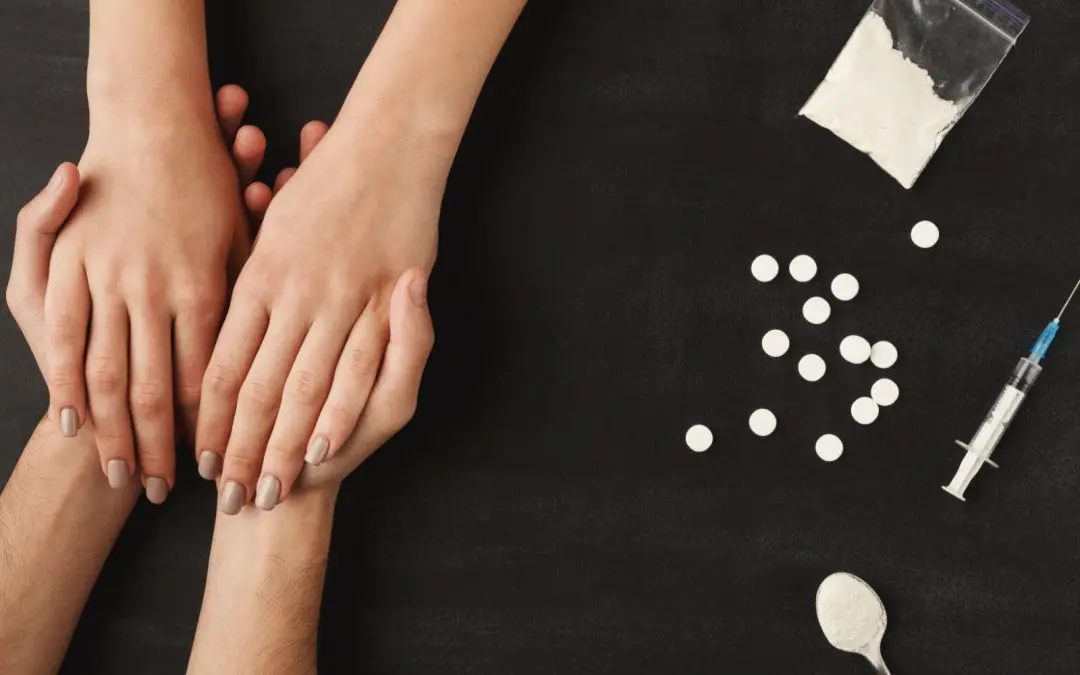24/7 Helpline:
(866) 899-221924/7 Helpline:
(866) 899-2219
Learn more about Eating Disorder Treatment centers in Kaktovik
Eating Disorder Treatment in Other Cities

Other Insurance Options

GEHA

Evernorth

Kaiser Permanente

Ambetter

UnitedHealth Group

Meritain

Aetna

Regence

Health Partners

Multiplan

BHS | Behavioral Health Systems

Oxford

Horizon Healthcare Service

Cigna

Humana

State Farm

Magellan Health

Premera

Magellan

Holman Group



IBH – Integrated Behavioral Health – Gathering Place
IBH - Integrated Behavioral Health - Gathering Place, located in Barrow, Alaska, offers health and h...

IBH – Integrated Behavioral Health – Matsutani Community Resource Center
IBH - Integrated Behavioral Health - Matsutani Community Resource Center, located in Barrow, Alaska,...

IBH – Integrated Behavioral Health
IBH - Integrated Behavioral Health provides alcohol and drug rehab services and mental health treatm...














